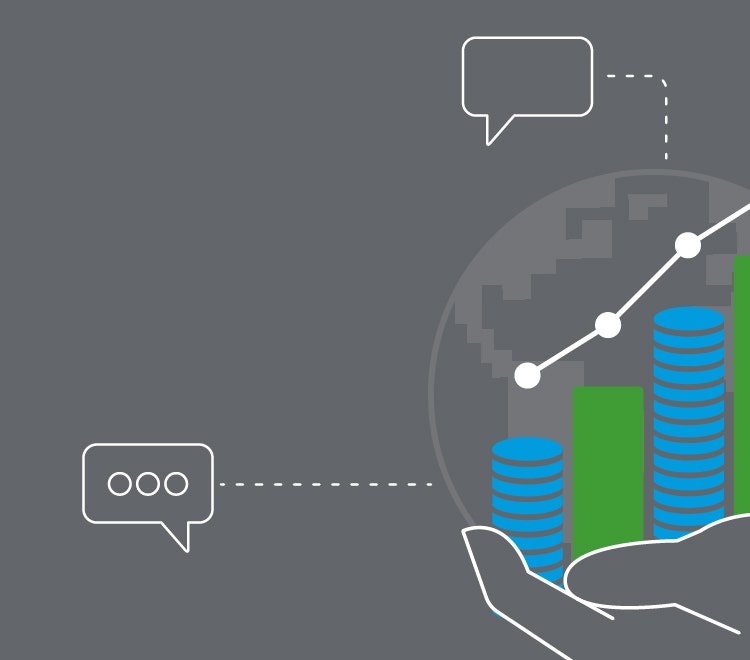Time to buckle up, because economic growth is in for a bumpy ride over the next year or so. The small fall in the S&P/CIPS Composite PMI to 52.8 suggests that the economy didn’t start Q3 with a bang, but it isn’t signalling a recession either. More encouraging were the drops in both in input and output prices balances, which hint that inflation pressure may be starting to ease.
However, the PMI has not been a reliable indicator of movements in GDP over the last two years, so it would be unwise to suggest that the economy has already stabilised. In fact, we expect a contraction of about 0.1% q/q in the second quarter, followed by a rebound in the third.
Growth is likely to be extremely erratic over the coming year, as big jumps in inflation and potential supply chain disruptions will have major impacts in Q2 and Q4. The big picture, though, is that the economy may be only fractionally larger this time next year than it was before the pandemic.
Pipeline pressures past the peak
The drop in Composite PMI input prices index, from 84.1 in June to 78.3 in July, was the second consecutive monthly fall and takes the index roughly back to where it was at the end of last year. It reflects falls in the input costs of both the manufacturing and services sectors. And with commodity prices dropping sharply over the last few weeks, input prices should continue to decline over the rest of the summer. It's a similar story with output prices, where the Composite index fell from 68.1 to 65.1, suggesting that firms are raising prices more slowly.
Of course, headline CPI inflation has much further to run and will probably hit 11% in October when Ofgem increases the energy price cap. That said, falling input prices suggest that core inflation will continue to trend down over the rest of the year.
Darkening outlook for the manufacturing sector
However, the manufacturing sector was showing clear signs of growing stress. Despite the suppliers’ delivery time index balance rising, which could indicate that supply chain pressures are easing, the output index dropped to 49.7 – meaning it’s below 50 for the first time since the start of the pandemic.
There was also evidence that the huge backlog of work built up during the lockdowns is starting to fall away. The backlogs of work index dropped from 47.4 in June to 44.6 in July, and it has remained below 50 since January. This was to be expected as firms recovered from the supply chain crisis, but the new orders index suggests that new work isn’t coming in to fill the depletion in back orders. What’s more, the future output index fell to its lowest level since the outbreak of coronavirus. This suggests that manufacturing output may start to fall over the next few months.
The services sector held up a little better, with the new orders and future activity indexes both rising. But the headline index still fell by 1ppt to 53.3, pointing to a continued slowing of activity.
Overall, we expect a contraction of about 0.1% q/q in Q2, followed by a rebound in Q3 as growth is likely to be extremely bumpy over the next year. But the big picture is that the economy may be only fractionally larger this time next year than it was before the pandemic.

